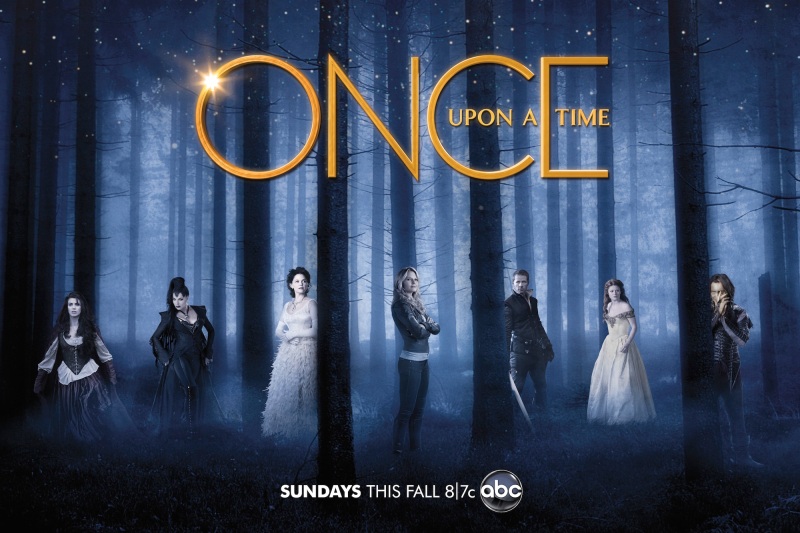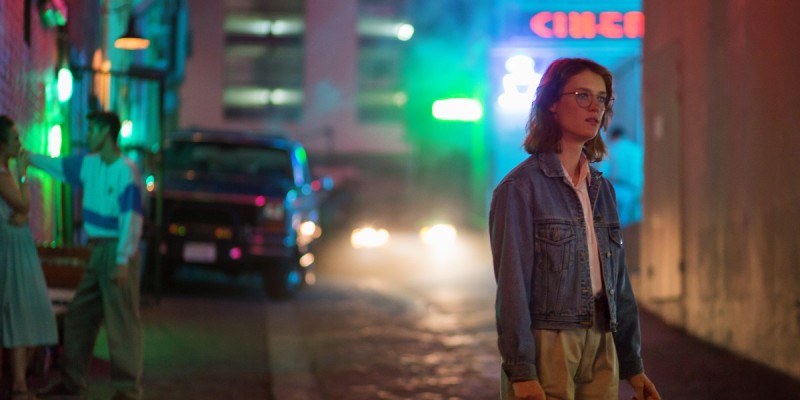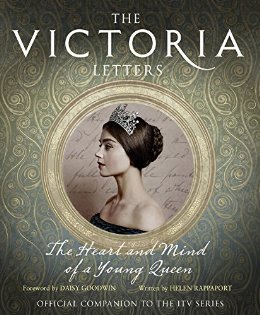I used to be what is commonly called a fangirl of the ABC show Once Upon A Time. I began with the pilot episode when it first aired and I have followed it non-stop ever since… until now. To give you an idea of how thorough my love for the show was, whenever the promos were good enough I would stay up and pull an all-nighter to watch it live, usually with a friend of mine (who has also given up on the show). We would discuss the plot non-stop, make up theories and suffer along with the Captain Swan shippers. We were hooked – pun intended – and we never thought the day would come when we would say “enough”. But here we are.

What got me into the show was not just its premise of fairy tale characters trapped in our world (that had been done before in the Fables comic series) but the strength of the characters and the depth with which they were written, particularly the protagonist, Emma Swan. Emma was, for a time, the best female character on television. She was independent, accepted no bullshit from anyone, did her own thing, knew that life was no fairy tale but, behind all the barriers she put up, she was still a little girl wishing for a world where everything wasn’t as harsh as the reality she grew up in and a person with a very big heart and capacity for love. She was complex, and her growing process kept me watching the show week after week. The lifting of the curse could have meant the end for her development, but the writers turned it around: now here she was, with the parents she had always dreamed of right next to her but inserted in a magical world that made no sense. After twenty-eight years leading a very shitty life how would she deal with the love being thrown at her? Would she accept it? So her development arc continued, with more situations being added to the plot for her to fight against in order to know herself better. She even got a love interest that made all the sense in the world: Killian Jones, known as Captain Hook, who had also known his fair share of loss and grief, who also had barriers up and feared giving in. They both grew together, mirroring each other’s actions, they both were afraid of love, they both gave in. It was a mutual journey that was just a delight to watch. But then things started to get awry. Why?
My honest opinion is that the writers started pandering to the fan’s wishes and forgot their original intentions. It was clear from season one that they had very clear development arcs planned for each character, but then the show got popular, the fanbase grew bigger, the interactions between fans and the writers became extremely aggressive and they caved in. I think it began with the Frozen arc. It did still have a little bit to do with Emma’s growth – accepting her powers – but she could have easily achieved that without Elsa. And then the whole plot with Rumple and the hat. The rest of the season got a little bit better, digging into Emma’s past and her soul starting to break under so much emotional pressure. Her going Dark was a nice twist and I have absolutely nothing against the reasons why she chose that path and why she gave in to the darkness. After all, it was to protect the ones she loved. But Camelot was poorly executed, it felt so cheesy and can we talk about Regina being all mushy and out of character? Then they redeemed themselves again with that wonderful mid-season finale, only to come up with the horrible Underworld arc. That’s when every character started acting unlike themselves. Emma, the fighter, turned into a love sick puppy who couldn’t do anything without Killian. I get it, she broke down her walls for him and then he up and died, but Emma had enough development so far to manage the situation. Killian turned into a prop. Snow ceased to exist altogether (thankfully the writers took notice of this and gave her back a little of herself in the current season) and Regina did everything the fans wanted her to.
Regina is the main problem here. Regina and Rumple, but mostly Regina. It’s like the writers don’t know what to do with them anymore. Robert Carlyle once said that Rumple’s addition to the dark side was like a drug addiction, and once that was gone the character was no longer interesting to play. So…? As for Regina, it was sad when Robin died, although the actors had zero chemistry, but everything that has happened since then was pure pandering. The fans love de Evil Queen? Let’s bring her back for absolutely no purpose! Let’s put in more kitsch in it, let’s make everything more cheesy, let’s have her flirt with Rumple, why not? Oh, and let’s bring Robin back even though the previous season he had his soul friggin’ obliterated. A show that used to deal with how people dealt with loss now keeps bringing back characters from the dead and their answer to dealing with our own past is creating a potion that separates who we were from who we are. Emma and Killian’s growth? Poof, they’re lying to each other again and guess what!, they’re facing death again.
Once Upon A Time used to be a show that, even though it dealt with fairy tales, felt real. The characters were human, complex, multi-layered. Now they’re just cardboard copies of themselves wondering aimlessly around a show that needs to be put ouf of its misery. Soon.







